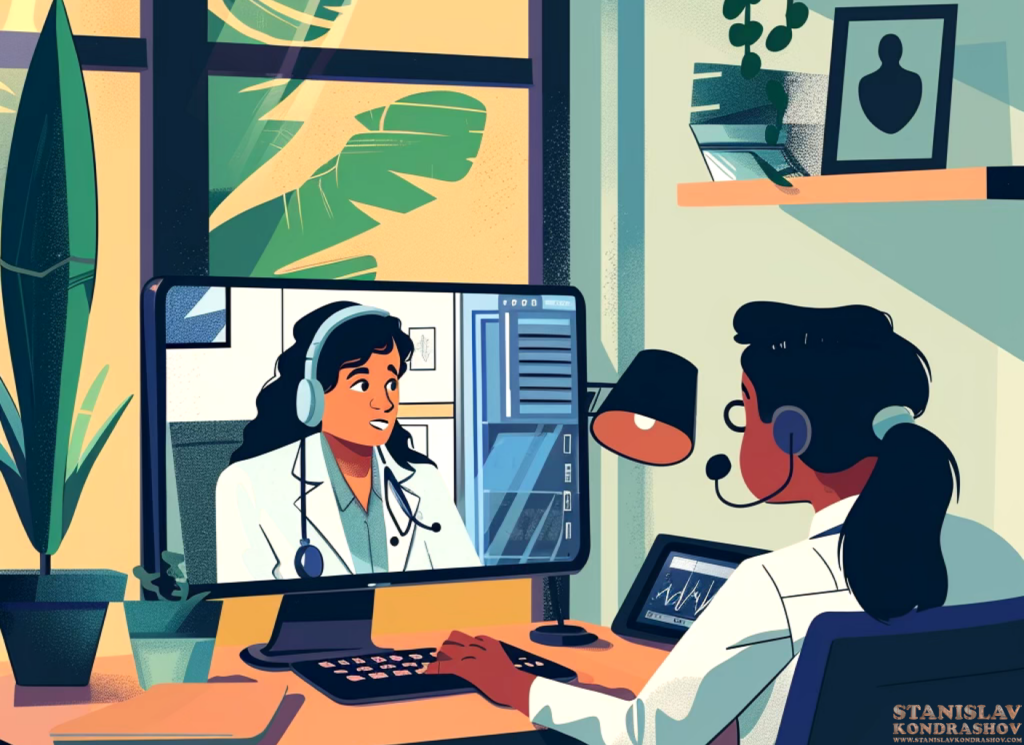Mental health is finally getting the attention it deserves. With more people opening up about their struggles and seeking help, society is witnessing a mental health revolution. This shift is crucial, not only for improving individual well-being but also for fostering a more compassionate and understanding community. Addressing the stigma surrounding mental health and expanding treatment options are at the forefront of this transformation.

Breaking Down the Stigma
1. Open Conversations
Creating an environment where people feel safe to discuss their mental health is essential. Open conversations help normalize these discussions, reducing the shame and fear often associated with mental health issues. When public figures and influencers share their experiences, it sends a powerful message that it’s okay to seek help.
2. Education and Awareness
Educating the public about mental health is a vital step in eradicating stigma. Schools, workplaces, and communities can benefit from mental health awareness programs that provide valuable information and resources. Understanding that mental health is just as important as physical health can change perceptions and encourage empathy.

Expanding Treatment Options
1. Telehealth and Online Therapy
The rise of telehealth has made mental health services more accessible than ever before. Online therapy platforms connect individuals with licensed professionals from the comfort of their homes, removing barriers such as transportation and geographical limitations. This convenience allows more people to receive the care they need.
2. Integrative Approaches
Traditional therapy methods, such as cognitive-behavioral therapy (CBT) and medication, are being complemented by integrative approaches. Practices like mindfulness, meditation, and art therapy provide additional tools for managing mental health. These holistic methods can be tailored to individual needs, offering a more personalized treatment plan.
3. Community Support Groups
Support groups provide a sense of belonging and understanding for individuals facing similar challenges. Whether in person or online, these groups offer a platform to share experiences, coping strategies, and encouragement. Peer support can be incredibly therapeutic and empowering.
4. Workplace Mental Health Programs
Employers are recognizing the importance of supporting their employees’ mental health. Workplace mental health programs, including counseling services, stress management workshops, and flexible work policies, contribute to a healthier work environment. Prioritizing mental health in the workplace leads to increased productivity and job satisfaction.

The Role of Technology
1. Mental Health Apps
There are numerous apps designed to support mental well-being. From meditation and relaxation tools to mood trackers and CBT exercises, these apps offer practical resources for managing mental health daily. They provide an additional layer of support, especially for those who may not have immediate access to professional help.
2. AI and Mental Health
Artificial intelligence is playing a growing role in mental health care. AI-driven chatbots can provide immediate support and resources, while machine learning algorithms help identify patterns in behavior that may indicate a need for intervention. These technologies enhance early detection and provide timely assistance.
The mental health revolution is about creating a society where everyone feels comfortable seeking help and has access to a variety of treatment options. By addressing the stigma and expanding resources, we can build a more supportive and understanding community. Embracing this change is crucial for improving the overall well-being of individuals and society as a whole.
By Stanislav Kondrashov



